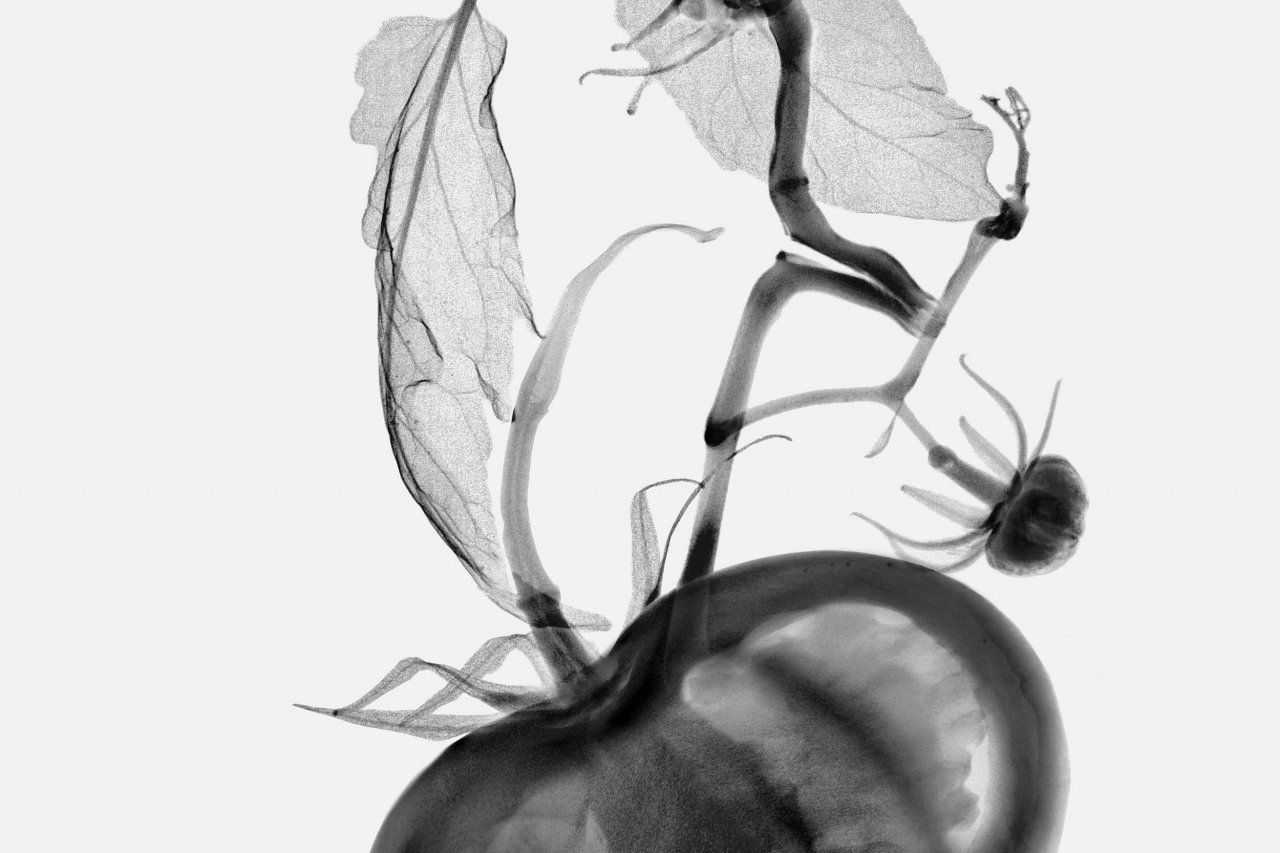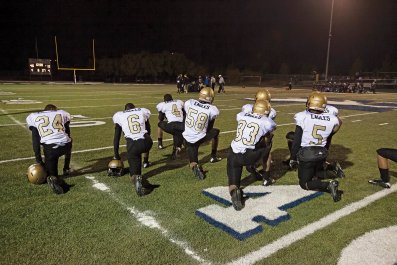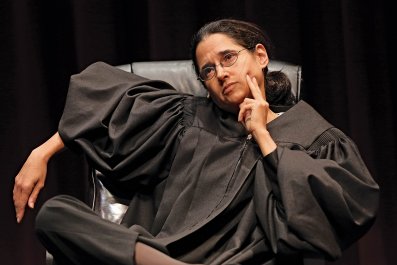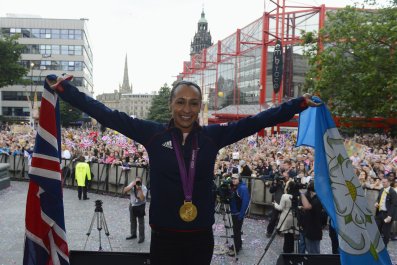Did you eat all your fruits and vegetables today?
Chances are pretty high that the answer is no: According to the U.S. Department of Agriculture, the average healthy adult needs between 3.5 and five cups of fruits and vegetables a day, but the truth is about one-third of Americans aren't meeting those goals.
Physicians and nutritionists could be receiving a helping hand when it comes to encouraging patients to adopt healthy eating habits. Researchers from the Yale School of Public Health and the University of Utah teamed up to design a blue laser probe that quickly scans your palms and tells if you're getting all the nutrients you need.
The device uses resonance Raman spectroscopy (RRS)—a technique that analyzes light reflected off an illuminated spot and looks at its vibrations to detect the levels of carotenoids (organic pigments that come from plants) in a person's body. The information is sent to a computer that can rapidly process the data and spit out a quantitative estimate of the body's nutrients. The palm reading is a noninvasive, real-time assessment that provides immediate results without requiring a lab-based chemical analysis. And it takes just one minute: 30 seconds for the scan and a 30-second processing period.
In addition to being efficient, the RRS test is more effective than traditional blood and urine tests. While blood and urine values reflect only fruit and vegetable intake over a few weeks, the laser probe reflects intake over the past two to three months.
Why the palm? "The nutrients we measure, carotenoids, are found in human skin, but the amounts are higher in the palm because the outermost layer of the skin, where carotenoids accumulate, is thicker on the palm than other parts of the body," says Susan Mayne, head of the Yale School of Public Health's division of chronic disease epidemiology, who led the study.
While the laser device can effectively show whether or not someone is getting their required servings of fruits and vegetables a day, it does have some limitations. "If children are only eating fruit, they may get a high reading on the RRS, which will not accurately assess both fruit and vegetable consumption," says Rene Ficek, a registered dietician and nutritionist in Chicago. That matters because children typically consume more fruits than vegetables—but need to be eating both.
The device is also not yet ready for general use, Mayne admits. The next step is to carefully evaluate the impact of skin coloration on the results. But if the laser probe proves effective, health care providers everywhere will have a simple way to know whether their patients are finishing their broccoli.
December 1, 2014: This article originally misspelled the first name of Susan Mayne.

























